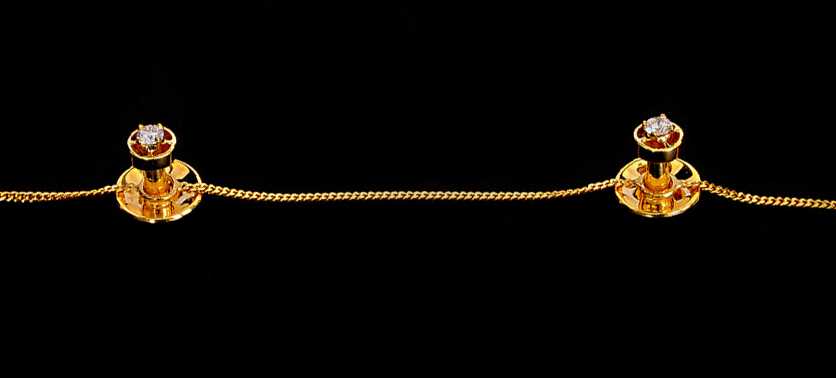FWP:
SETS == HANUZ; SYMMETRY
CHAK-E GAREBAN: {17,9}
SUN: {10,5}
ABOUT the 'crack of dawn': Dawn often shows itself in a glowing golden-white line of light like a slash along the edge of the dark horizon; in English too, we speak of 'the crack of dawn'. This narrow line of brilliant light is like the neck-opening of a kurta (or, here, a shroud) which in the lover's case is soon torn open-- on this common theme see {17,9}-- to reveal further radiant, burning wounds/scars [dāġh]. Similarly, of course, the sun rises to reveal the full radiant light and heat of the morning.
Other verses that play on this idea, along with the similar idea that the crack of dawn resembles a dazzling but ominous 'teeth-baring smile', with an effect perhaps enhanced by the darkness of missī (on this see {417x,2}), include: {16,10x}; {62,8}; {146,5x}; {149,1}, the 'teeth-baring smile'; {166,1}, the 'teeth-baring smile'; {192,1}; {212,7x}; {226,3} // {307x,3}; {398x,2}. Zamin sums up 'crack of dawn' imagery in {146,5x}. (However, see also M{1202,4}, in which Faruqi seems to envision the 'crack of dawn' as a single vertical white ray.)
This is one of only a handful of ghazals from which Faruqi has selected every single divan verse as superior.
The divan form of this ghazal has no opening-verse; the original opening-verse was {67,5x}.
What's going on in this verse? It takes us a while to find out, for the first line is incomprehensible until we hear the second-- which, in the clever oral-performance arrangements of a mushairah setting, involves a bit of delay.
Don't consider the speaker to be at leisure, freed from care, even now that he's in the grave. For the wound/scar of passion is still/now an ornament to the neck-opening of his shroud. On the use of hanūz , which can mean either 'still' or 'now', see {3,4}. For more examples of the dead-lover-speaks situation, see {57,1}.
How is the wound/scar of passion an ornament? It's an ornament 'like the dawn and the sun'-- but like them in what sense? First: in shape (when we consider the 'crack of dawn'), and in fieriness.
Second: in inseparability, as Bekhud Mohani points out. There is never a sunrise without a morning, or a morning without a sunrise. Similarly, the neck-opening of the lover's shroud never fails to reveal the wounds/scars of passion, and the wounds/scars of passion never fail to end up, along with the lover who bears them, under a shroud.
Third: in universal significance and visibility. Just as everyone in the world observes the first line of dawn and its resulting sunrise, and counts on it to sustain life, similarly the speaker's 'dawn' and 'sun' of wounds/scars are part of the ongoing cosmic passion play. That's why the addressee shouldn't consider him to be well out of it, free, at leisure. Sometimes his dāġh are even presented as a possible tourist attraction: for a delightful example, consider {5,5}.
Or even more to the point, consider {62,8}: when every day the lover shows off one more scar/wound, people think it's the rising sun. (And, I argue, they may even be right.) With this verse, we learn that the centrality of the wound/scar of passion continues onward into the grave-- and outward into the cosmos, as the ultimate life force of the ghazal universe.
For there's even an ultimately arrogant fourth reading possible:
the wound/scar of passion is an ornament at the neck of the lover's shroud-- just as
the dawn and the sun are as well. All of them are equally at the lover's disposal,
even in the grave. (Perhaps they are like those sets of interchained silver
or gold buttons one can buy for the neck-opening of a certain kind of kurta.) In short,
don't imagine that the lover is at leisure just because he's dead; there's as much going
on with him as ever, or perhaps even more going on than ever (remember the
two meanings of hanūz ).


Nazm:
Morning is a metaphor for the passing of the night of the lifetime, and he has given the neck-opening of the shroud as a simile for the collar [garebāñ] of the dawn. The meaning is that even after dying, I am not free of passion. (66)
== Nazm page 66